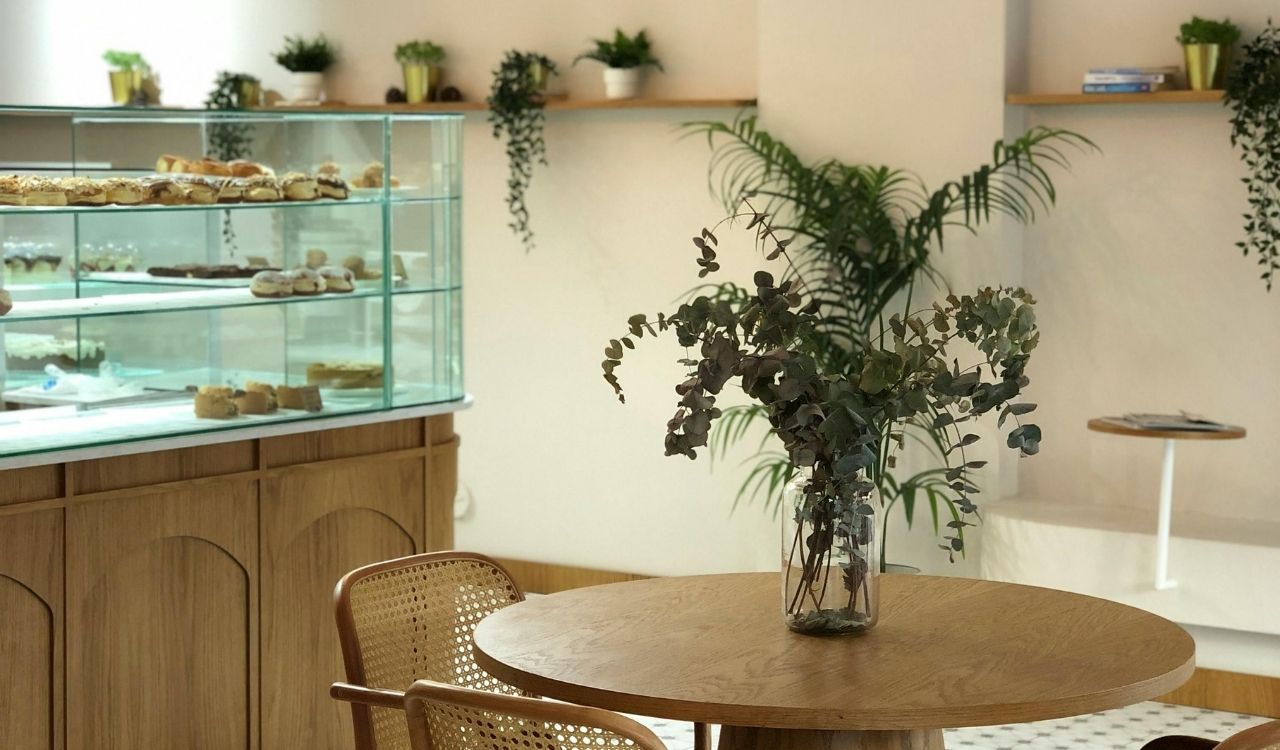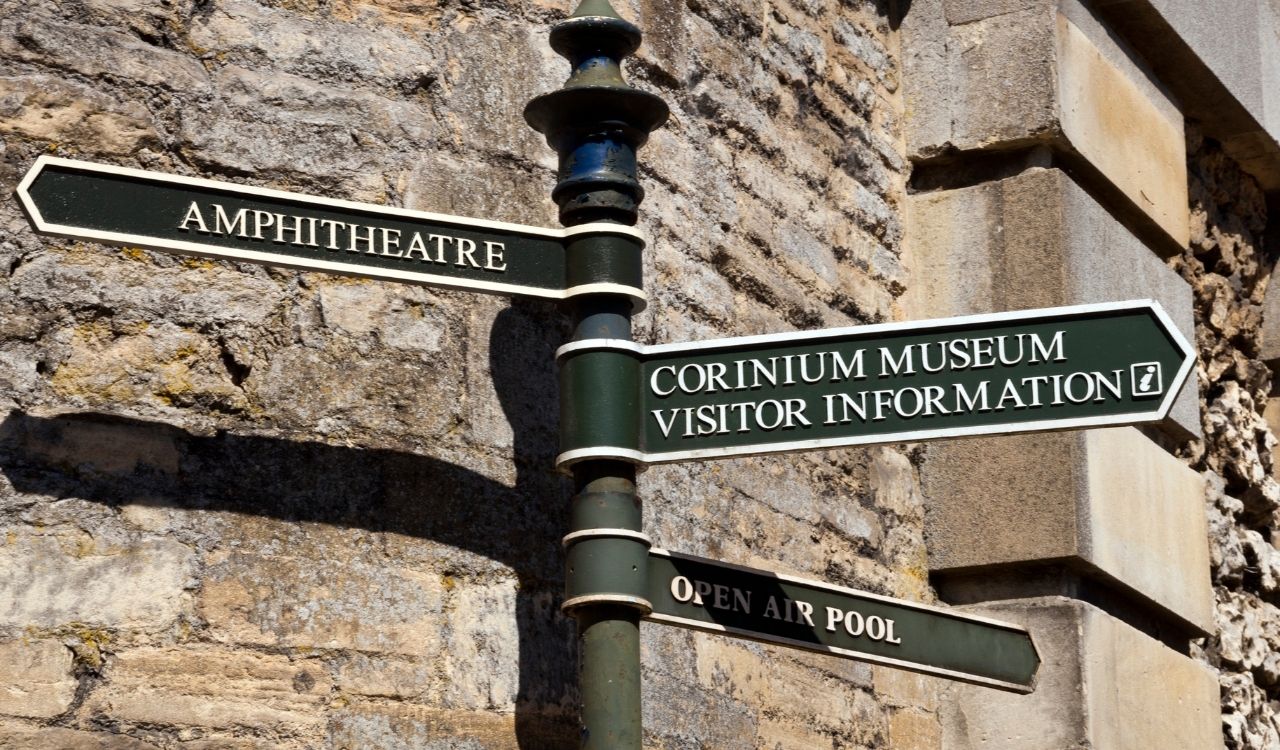A visit to the Claire Dyson Equine Rehabilitation Centre

I’d long heard about the benefits of various equine rehabilitation therapies and had gradually developed a burgeoning curiosity. So when I was invited to visit the Claire Dyson Equine Rehabilitation Centre I naturally jumped at the chance.
Rehabilitation may never really spring to mind when the general public considers the many delights of the equestrian world. However, rehabilitating a horse after injury, illness or surgery is a vital service that sits firmly at the centre of good care and practice for horses from all disciplines. Equine rehabilitation involves applying a tailored package of physical therapies to heal a horse for optimum physical function, also meaning the horse will feel the very best that they can.
Claire Dyson’s yard is based at Froglands Stud Farm in the attractive village of Cleeve Prior, Worcestershire. The village leans gently into the mellow undulating hills of the Vale of Evesham. It’s a cloudy day as I drive in to meet Claire but, despite the weather, it’s still a really beautiful place to be. An ideal corner for rehabilitation of any kind; it’s just so delightfully tranquil. This sense of peacefulness is echoed when Claire greets me (with a gaggle of friendly dogs), and we begin to chat. Claire simultaneously exudes a strong sense of calm mixed with a sharp energy and a healthy dash of dry humour to boot. She makes me laugh immediately. She explains to me that when they acquired the farm twenty years ago it was run down and derelict. Between herself and her Dad, John Dyson, they built the entire centre from scratch. It’s impressive – I see examples of her energy and determination everywhere as she shows me around. As we talk, Claire casts her eyes around constantly, as if she’s always taking stock. She stops intermittently to stroke the horses, talk to them and look into their faces and I get the feeling that Claire is never really off duty.
We head over to another building to look at some of the various therapies they use as part of their rehabilitation services. I’m excited – it’s an area of the equestrian world I’ve never been introduced to before.
As we enter the therapies yard, we’re greeted by the sight of a serene looking chestnut coloured horse working rhythmically in the water treadmill. The water is about a foot deep and the horse is being closely monitored. Claire explains that, in the controlled safety of the water treadmill, a horse can gradually build up aerobic activity which benefits them in a wide variety of ways. The water both supports them and adds resistance. This builds muscle and a good core strength which is vital after an injury or surgery. It’s also an excellent tool for building endurance and fitness. Hydrotherapy of this nature is used with humans and a variety of animals and widely known to be incredibly effective. It’s hypnotic watching the horse swish away happily on the water treadmill.
Opposite the treadmill sits the Horse Walker, a piece of equipment I’m more familiar with. Claire describes how it’s an effective tool for warming up or cooling down a horse before or after training. Additional accessories can also be employed when using the walker to help the horse to walk in such a way to complement their therapy on the water treadmill.
Next, Claire shows me the Equine Solarium and, helpfully, there’s already a horse enjoying the warm rays after a session on the water treadmill. Like the walker, it’s an effective tool for warming up and cooling down a horse before or after training. The solarium also helps raise the horse’s surface temperature to induce metabolic activity in cells which, in turn, improves circulation. Meaning that blood flow increases and carries healing oxygen and nutrients to the horse’s cells. Simply put, it enables and speeds up natural healing processes and makes the horses feel calm and relaxed.
Close to the solarium is the Equine Salt Therapy room. A chemical free therapy that complements the other treatments that Claire employs. I’m fascinated by this seemingly simple bit of kit and ask how it all works. Claire obligingly explains how the salt therapy booth is controlled by a Halogenerator. The halogenerator grinds salt into a fine powder, then disperses it into the booth which is big enough for two horses to stand comfortably. The concentration of the salt and the size of the particles is carefully controlled. Claire describes how the salt therapy can treat a really significant range of respiratory conditions, skin conditions and assist with stamina and performance. I stand inside the booth and watch the salt being dispersed. It feels dry and, well, a bit salty but not at all unpleasant. I find the salt therapy impressive, that such a simple and gentle tool can have such wide-reaching positive effects.
We head outside to the gallops looking out over magnificent views of the Vale of Evesham. The gallops obviously also play an important role in contributing to packages of therapy for the horses in Claire’s care. As we stand mesmerised looking at the hills, Claire describes how the best part of her job is the horses. How getting them to a point where they can reach their potential and be physically comfortable brings her immense satisfaction. Like so many people in the equestrian world it’s easy to see that Claire’s work is a way of life rather than a just a job. She lives and breathes what she does.
I found it enlightening to see how effective rehabilitation is all about the detail. It’s like starting a puzzle anew with each horse entrusted to them. With careful consideration of each horse they treat, they slot together pieces of therapy to complement one another. Ensuring that each horse has the best possible chance of healing and reaching their potential. I can see how this takes expertise, real commitment and careful consideration. You’re not just plonking each horse through the same regime - it doesn’t work like that. It’s been a genuine pleasure meeting Claire and her team, and I look forward to catching up with them in the future. Not least because Claire also happens to make a cracking cup of tea.
See Related Articles & Features
issue 26
See Our Latest Issue of the Magazine.
See great content for this months digital magazine.
read now



